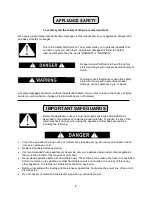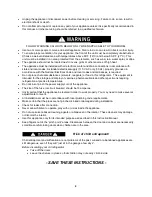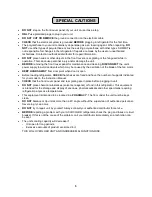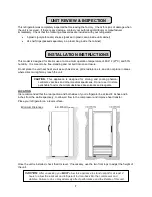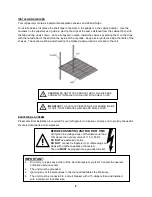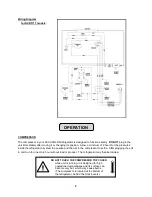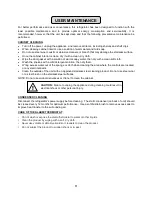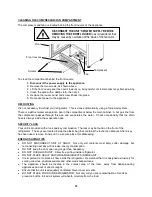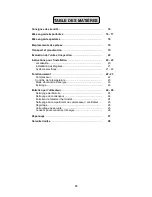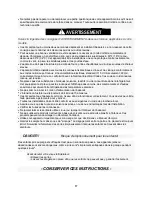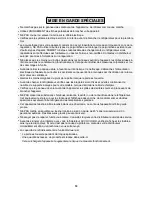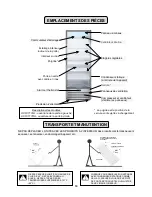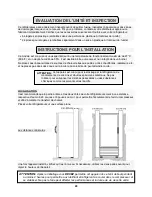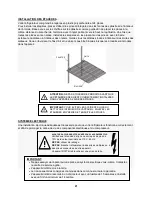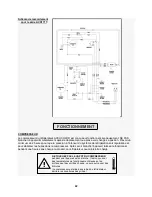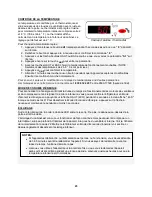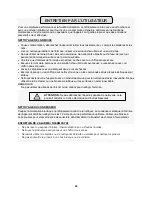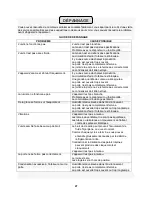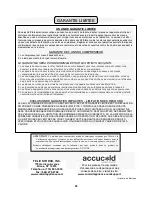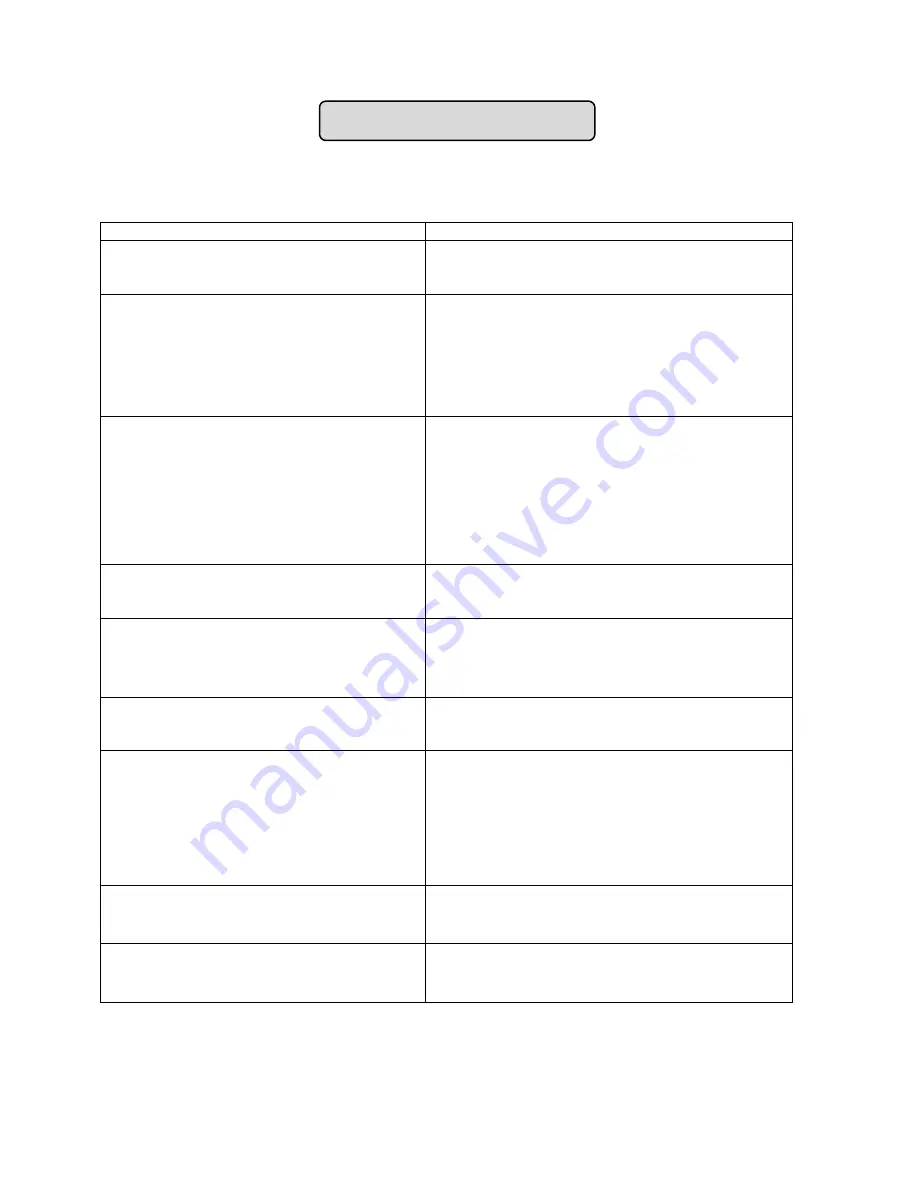
13
TROUBLESHOOTING
You can solve many common problems easily, saving you the cost of a possible service call. Try the
suggestions below to see if you can solve the problem before calling the servicer.
Troubleshooting Guide
PROBLEM
POSSIBLE CAUSE
The unit does not operate.
Not plugged in.
Voltage is outside specifications.
Tripped circuit breaker or blown fuse.
The unit is not cold enough.
Voltage is outside specifications.
Interior air flow is blocked.
There is a nearby heat source.
The door is opened too often.
The door is not closed completely.
The door gasket does not seal properly.
Condenser needs cleaning.
Turns on and off frequently.
There is a nearby heat source.
Interior air flow is blocked.
A large amount of product has been added to the
refrigerator.
The door is opened too often.
The door is not closed completely.
The door gasket does not seal properly.
Condenser needs cleaning.
The light does not work.
Not plugged in.
Tripped circuit breaker or blown fuse.
The light switch is OFF.
Ice forms on evaporator.
High relative humidity in environment.
The door is not closed properly.
The door is opened too often or for too long.
Interior air flow is blocked.
Vibrations
Appliance is not level.
Fan blades are out of balance.
Tubes or moving parts are grazing metallic parts.
The unit seems to make too much noise.
The rattling noise may come from the flow of the
refrigerant, which is normal.
As each cycle ends, you may hear gurgling sounds
caused by the flow of refrigerant in the unit.
Contraction and expansion of the inside walls may
cause popping and crackling noises.
The appliance is not level.
The door will not close properly.
The appliance is not level.
The gasket is dirty.
The shelves are out of position.
Excessive condensation in interior and on door. High relative humidity in environment.
The door is not closed properly.
The door is opened too often or for too long.



